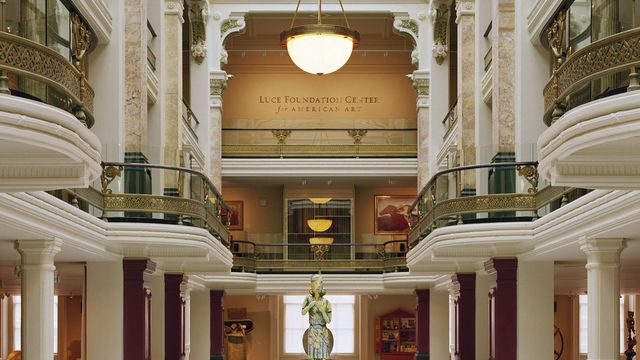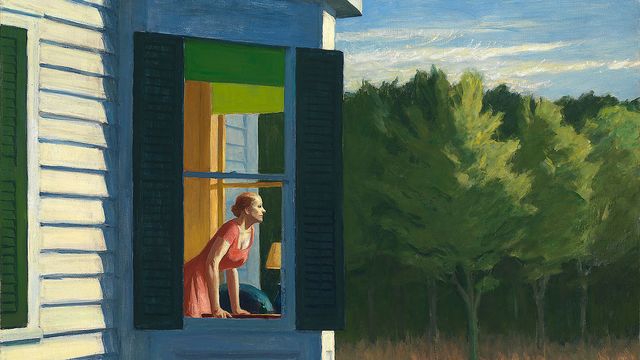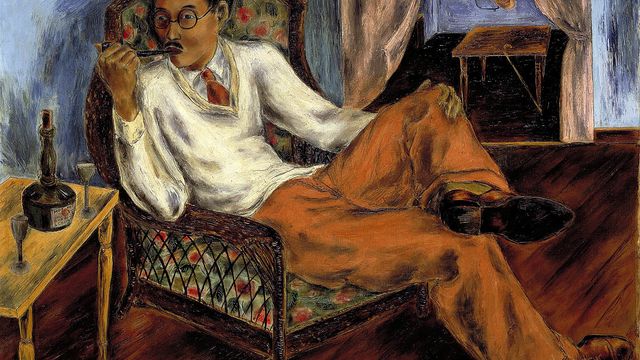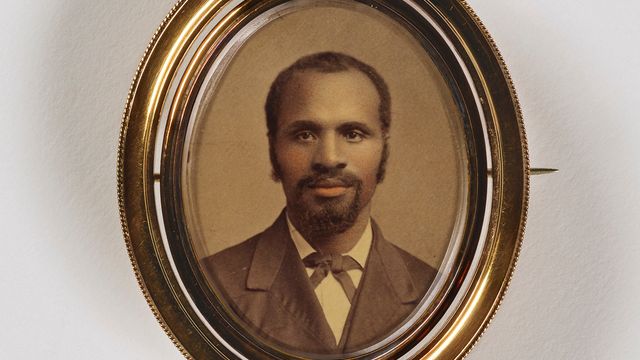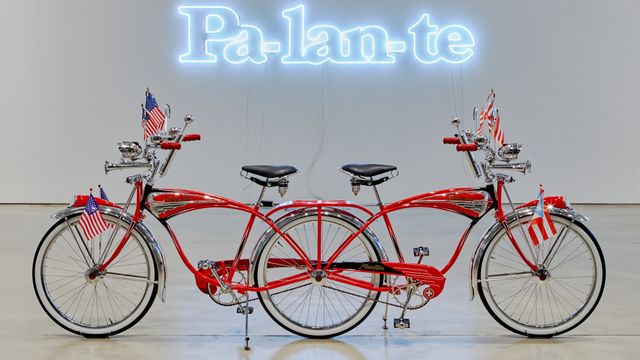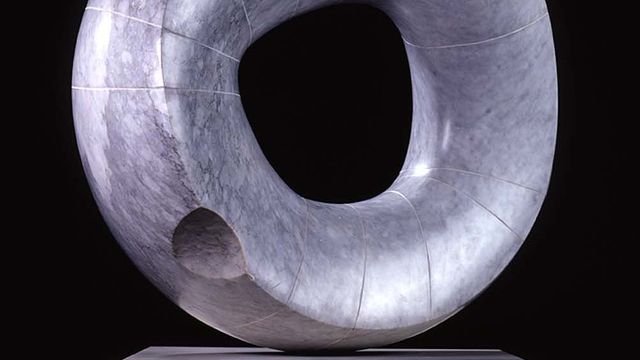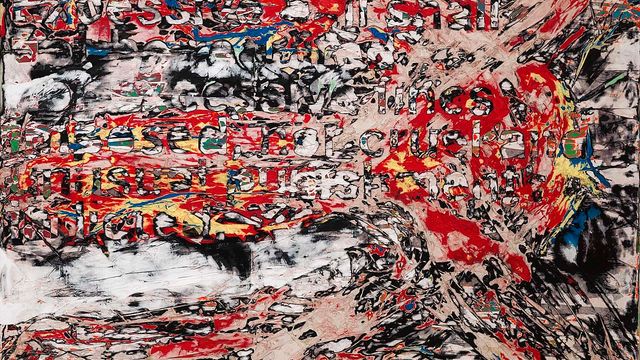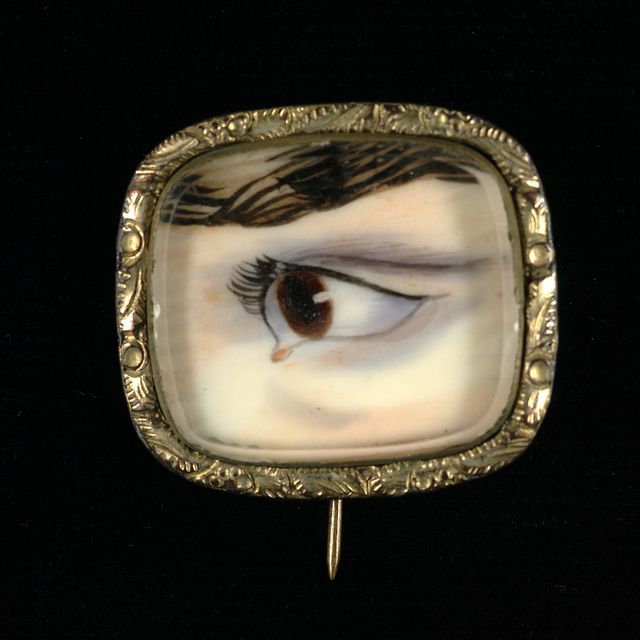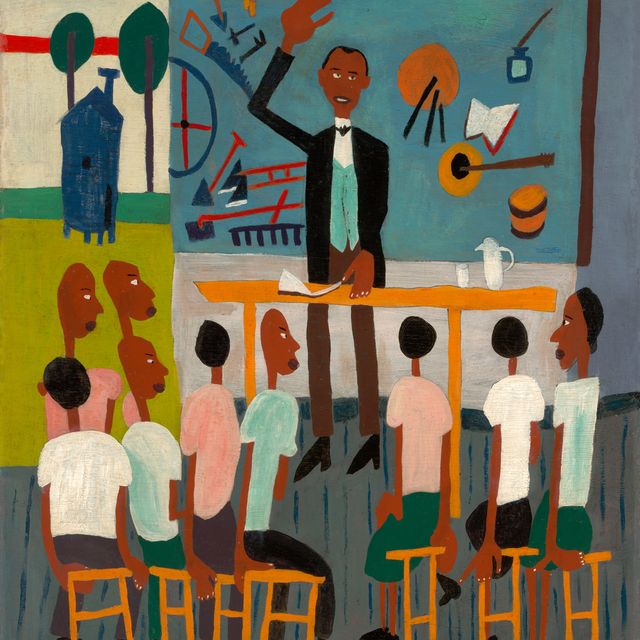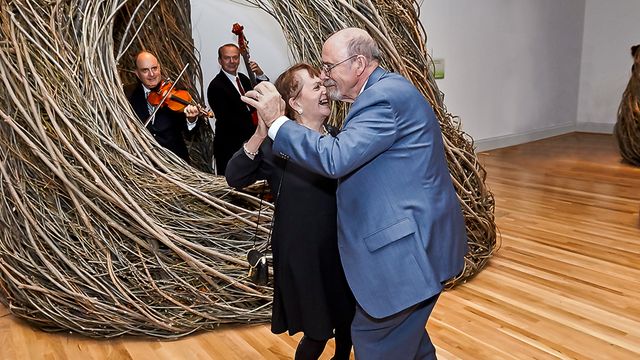Copied
Joseph Cornell, "They Say the Owl is a Baker's Daughter" Ophelia, 1971, collage with ink and pencil on paperboard, 12 in. x 9 1⁄8 in. (30.6 x 23.2 cm), Smithsonian American Art Museum, Gift of The Joseph and Robert Cornell Memorial Foundation, 1991.155.335
Copied
Artwork Details
- Title
- “They Say the Owl is a Baker’s Daughter” Ophelia
- Artist
- Date
- 1971
- Location
- Not on view
- Dimensions
- 12 in. x 9 1⁄8 in. (30.6 x 23.2 cm)
- Credit Line
- Gift of The Joseph and Robert Cornell Memorial Foundation
- Mediums Description
- collage with ink and pencil on paperboard
- Classifications
- Subjects
- Abstract
- Object Number
- 1991.155.335
Artwork Description
Sometimes the image suggested an association from which Cornell derived a title for the work and sometimes he appears to have had a subject in mind before making the image. “They say the owl is a baker’s daughter” is one of Ophelia’s lines in Shakespeare’s Hamlet. It refers to a popular legend in which Christ transforms a baker’s daughter into an owl after she has denied him a piece of bread. The owl, also a symbol of night, death, and virginity, often appears in Cornell’s work.
Abstract Drawings, 2012

